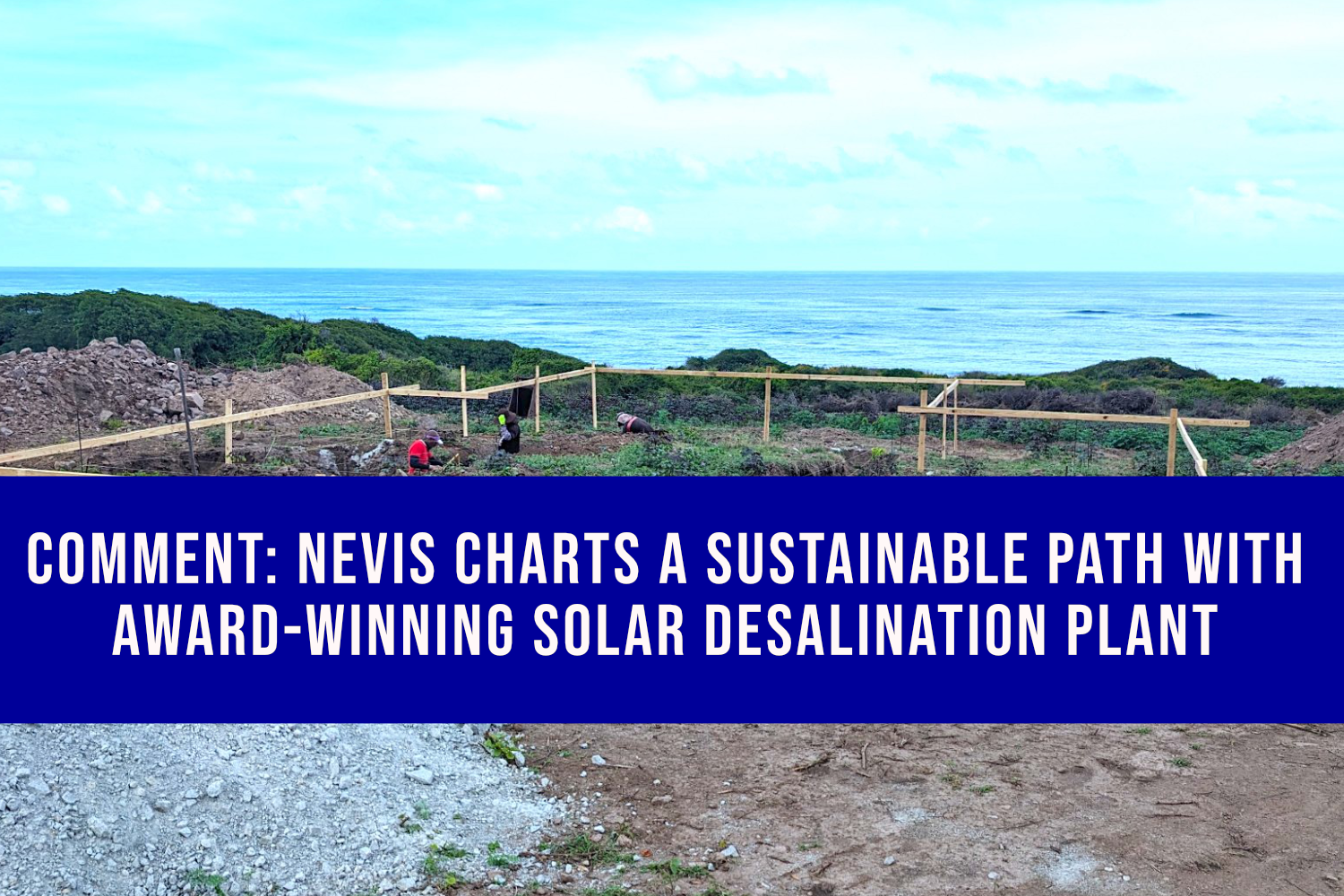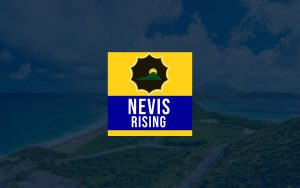Seismic Activity in the Caribbean
On a seemingly tranquil Saturday in the Caribbean, a powerful magnitude-7.6 earthquake jolted the region, its epicenter located 209 kilometers south-southwest of George Town, Cayman Islands. The tremor, originating at a relatively shallow depth of 10 kilometers, sent shockwaves through the surrounding waters, prompting immediate tsunami alerts across several islands. The U.S. Geological Survey (USGS) swiftly reported the seismic event, triggering a cascade of responses from regional authorities. While the initial fear of destructive waves loomed large, the ensuing hours brought a gradual easing of tensions as advisories were lifted and the immediate danger subsided. This Caribbean earthquake, though powerful, ultimately spared the region from widespread devastation.
The U.S. National Tsunami Warning Center, reacting to the USGS report, promptly issued a tsunami advisory for Puerto Rico and the U.S. Virgin Islands, cautioning residents of potential wave activity. Hazard Management Cayman Islands, closer to the epicenter, initially warned of waves between 0.3 and 1 meter, urging coastal residents to seek higher ground. However, as monitoring continued and the initial wave threat diminished, both the U.S. and Cayman Islands authorities rescinded their warnings, declaring an “all clear” and providing a sense of relief to anxious populations. This rapid response and subsequent reassessment highlighted the importance of efficient monitoring and communication systems in mitigating the impact of natural disasters.
Across the affected region, governments acted swiftly to address the potential threat. Puerto Rico’s Governor Jenniffer González Colón coordinated with emergency agencies, preparing for potential impact but stopping short of ordering evacuations. Despite the absence of an official evacuation order, alarms triggered in the northwest region prompted spontaneous evacuations, leading to heavy traffic as residents sought safety away from the coastline. The Dominican Republic, also within the potential impact zone, initially issued a tsunami alert, advising residents to move to higher ground, at least 20 meters above sea level and 2 kilometers inland. However, as with other affected areas, the Dominican Republic later lifted its warning as the immediate danger passed. Honduras, although reporting no immediate damage, advised residents to avoid beaches as a precautionary measure. Cuba, facing potential tsunami waves between 1 to 3 meters as predicted by the U.S. National Oceanic and Atmospheric Administration (NOAA), took a more proactive approach, advising evacuations from beachfront areas.
Meanwhile, halfway across the world in the Mediterranean Sea, the idyllic island of Santorini grappled with its own seismic challenges. Since late January 2025, the island had been experiencing a relentless series of earthquakes, with over 7,700 tremors recorded just in the week leading up to the Caribbean earthquake. Among these tremors, over 100 registered a magnitude of 4.0 or higher, with the strongest quake, a magnitude 5.2, occurring on February 5th. This persistent seismic activity pointed to underlying geological instability, raising concerns about the potential for a more significant event.
The Greek government, recognizing the escalating risk, declared a state of emergency on February 6th. This declaration triggered a series of precautionary measures, including the closure of schools and the evacuation of thousands of residents and tourists from vulnerable areas. Authorities further restricted access to certain ports and coastal areas due to the heightened risk of landslides, a common secondary hazard associated with earthquake activity. The situation in Santorini underscored the challenges of managing seismic risk in densely populated areas, particularly those with a history of volcanic activity.
Seismologists, both in Greece and around the world, closely monitored the unfolding seismic events in Santorini. While the frequency and magnitude of the tremors showed signs of decreasing in the days following the state of emergency declaration, experts cautioned that the possibility of a significant earthquake could not be ruled out. The historical context of Santorini, known for its catastrophic volcanic eruption around 1600 BC, one of the largest in recorded history, added another layer of complexity to the situation. This historical precedent served as a stark reminder of the island’s inherent geological vulnerability and the potential for devastating seismic and volcanic activity. The contrasting scenarios of the Caribbean earthquake and the ongoing seismic activity in Santorini highlighted the diverse nature of geological hazards and the importance of preparedness and responsive action in mitigating their impact.
Share this content:












Post Comment